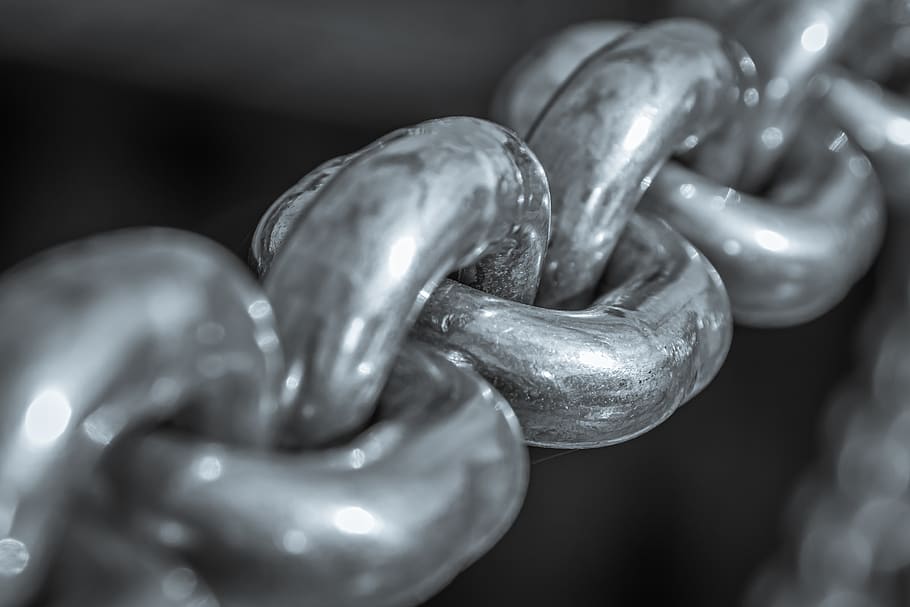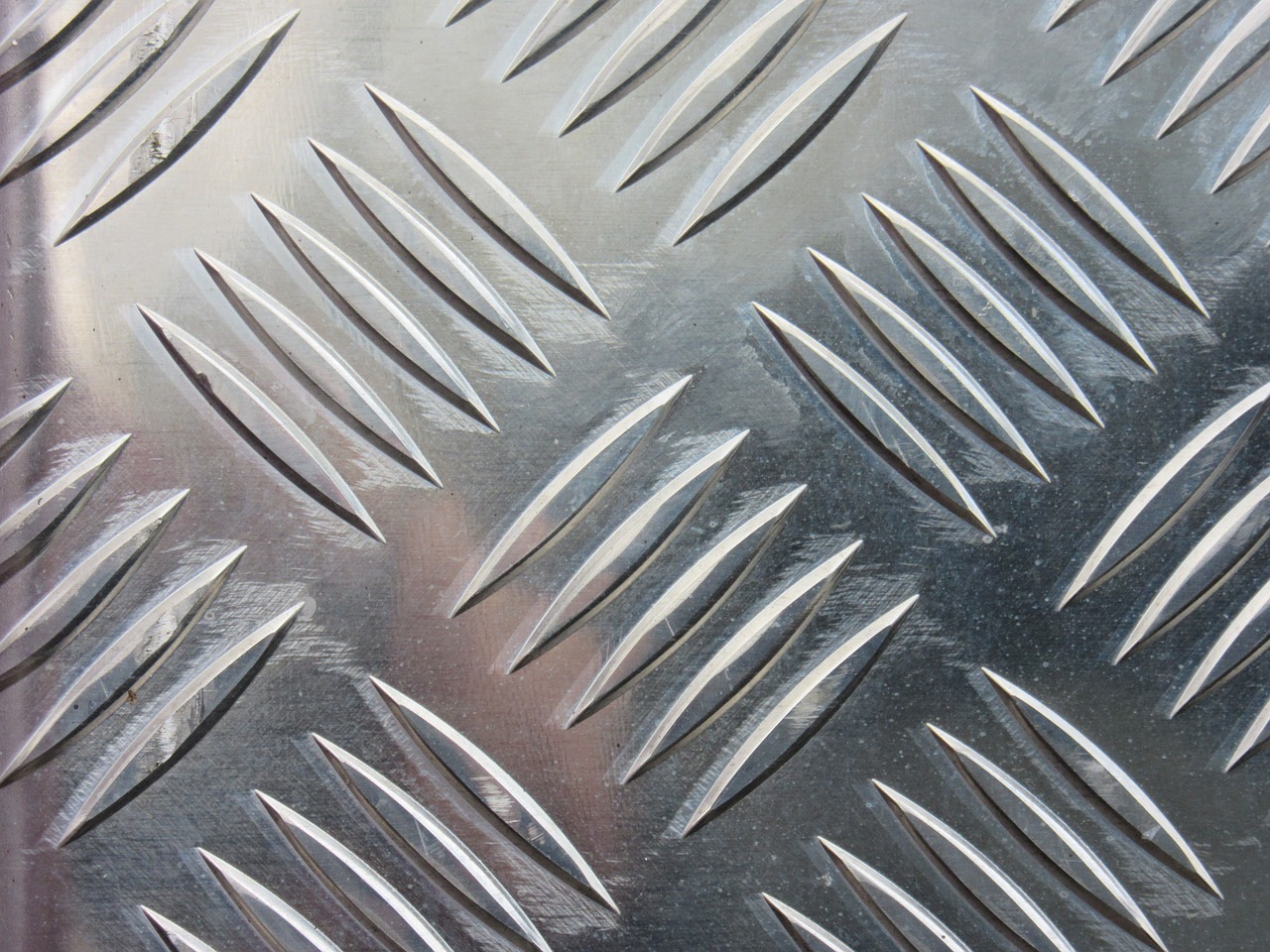I advise being careful with terminology here. Something "corrosive" is typically something that causes a metal to corrode (be it an acid, water, ...) so I wouldn't call a metal corrosive.
You are talking about corrosion resistance and will need to draw a distinction between:
- metals that are corrosion resistant because they simply don't oxidise very easily (like gold)
- metals that are corrosion resistant because they do oxidise easily but form a protective layer of an oxide on their surface, prevent access to the bulk of the metal and so preventing ongoing corrosion (like aluminium)
- metals that are not corrosion resistant, like iron, as they are easily oxidised but the oxide layer formed is flaky and highly porous and does not protect the metal underneath.
Aluminium is vulnerable to corrosion near the sea as there is salt spray in the air which can become incorporated as pockets in the protective aluminium oxide layer. When wet (rain, say), these salts can dissolve leaving small holes in the oxide layer providing access for the addition corrosion of the metal below.
Alloys can be designed to include a range of properties. Stainless steel, for example, is made of steel (relatively cheap and strong) but with additives that will resist corrosion by forming a protective layer.
Another approach to corrosion resistance is to attach to the metal a block of another, more active metal that will oxidise first. This is called a sacrificial anode and is used on ships, for example. The anode is allowed to corrode and then is replaced, thereby preventing corrosion of the hull (as an example).
For your study, you need to consider which metal is the most active (look at standard reduction potentials) which will tell you which will most readily oxidise, and then consider what happens when it oxidises. Aluminium is more active than iron so it does oxidise, but the protective nature of its oxide surface makes it much less vulnerable to corrosion. With stainless steel, you'll need to consider both the iron and its additives in the alloy.


